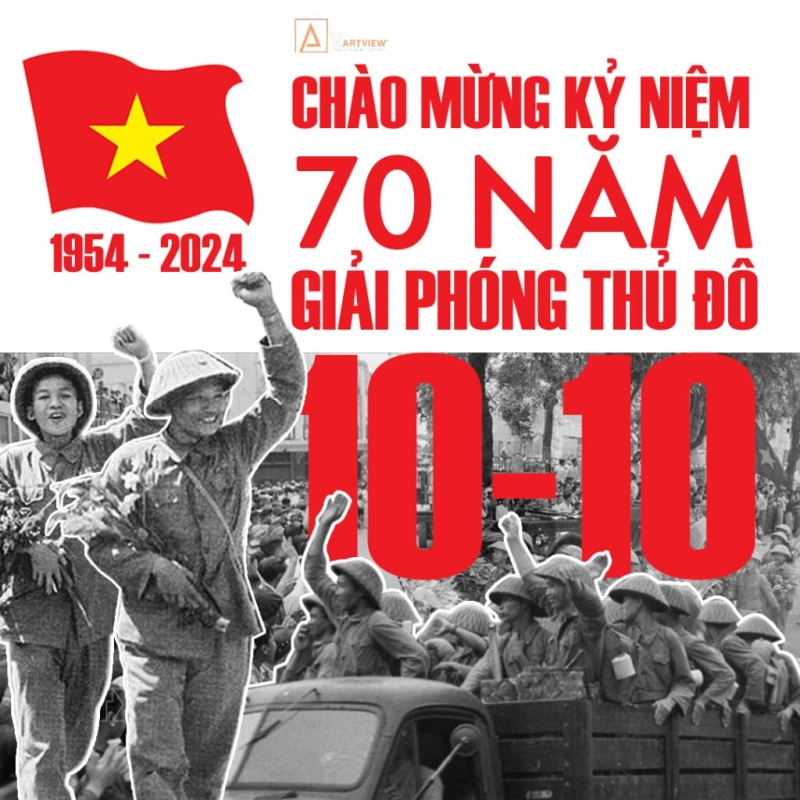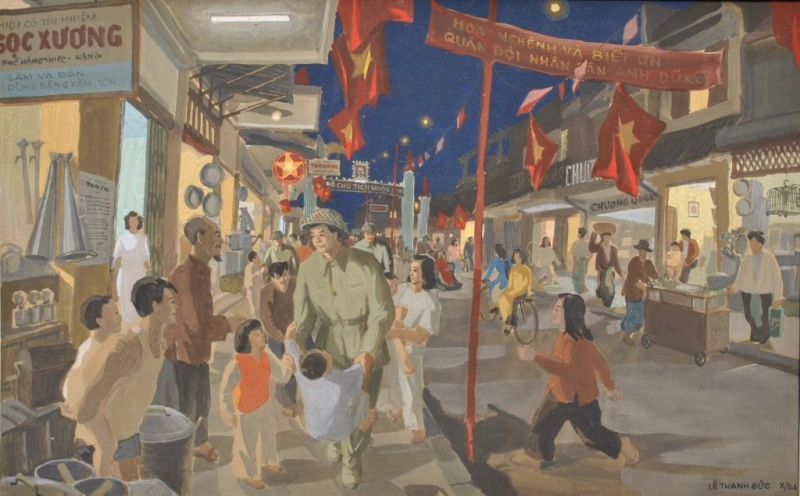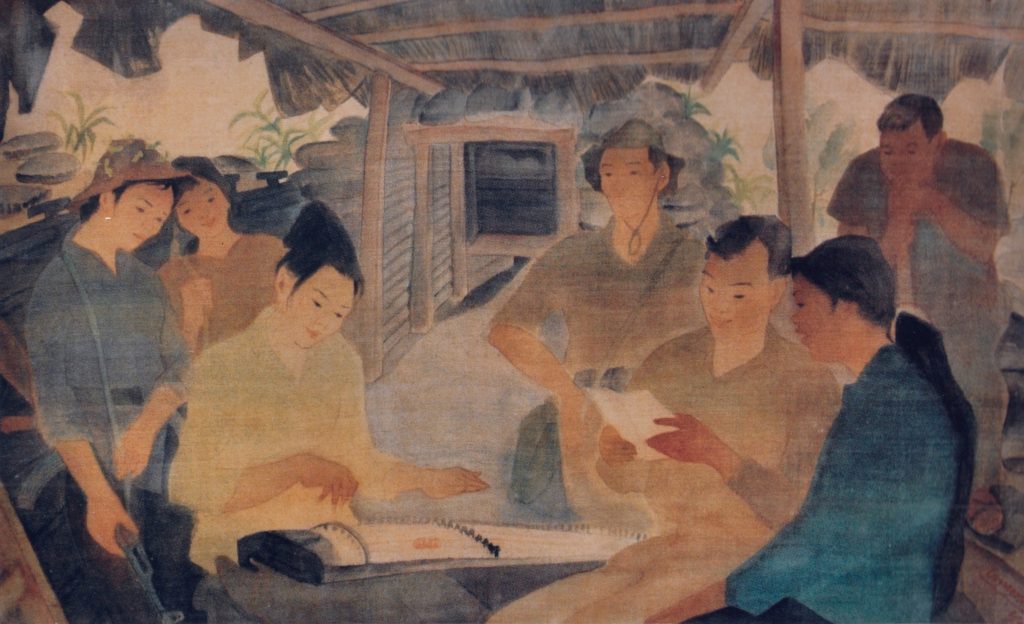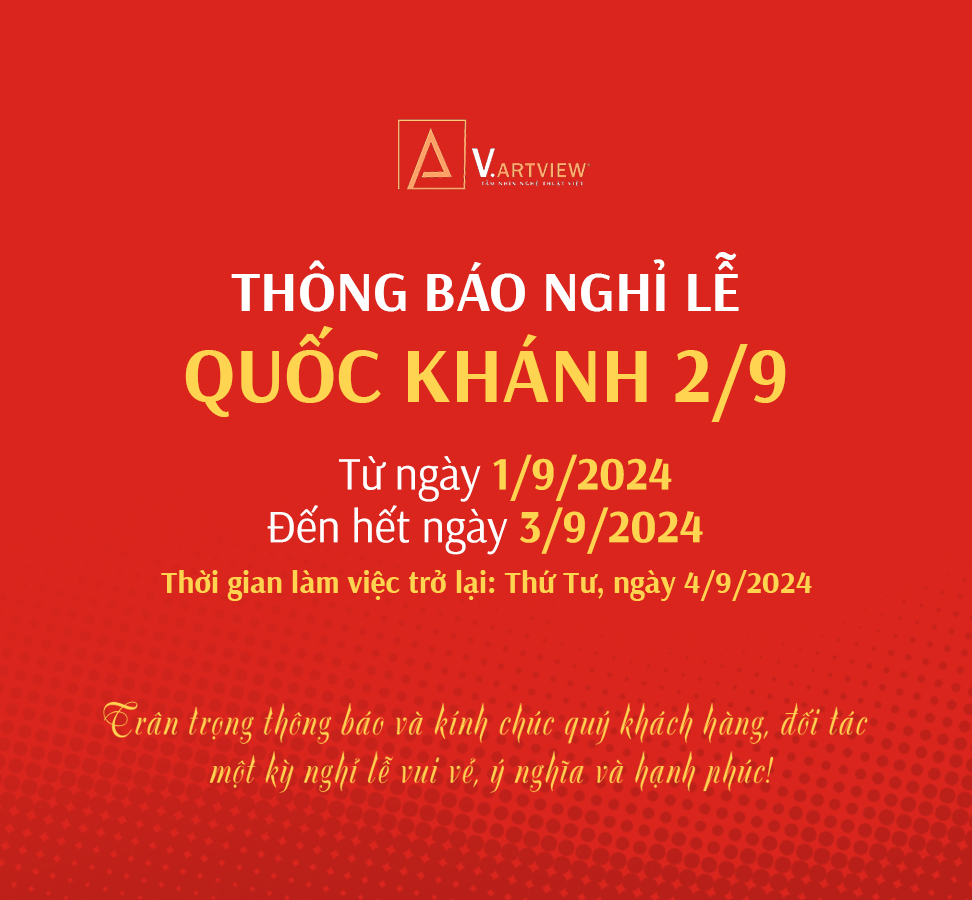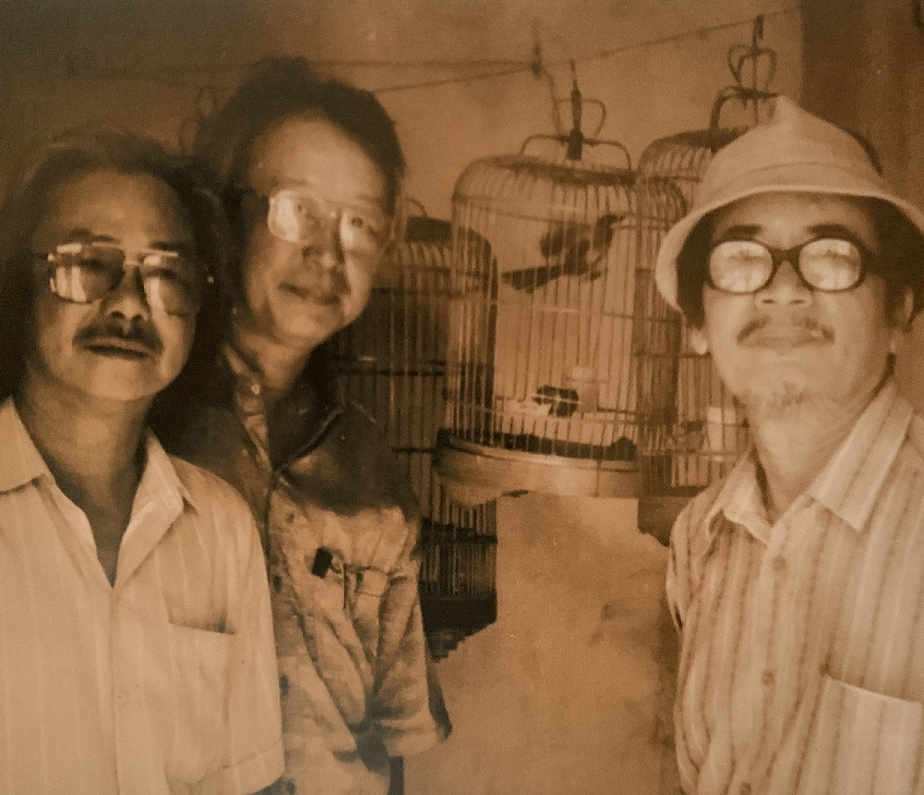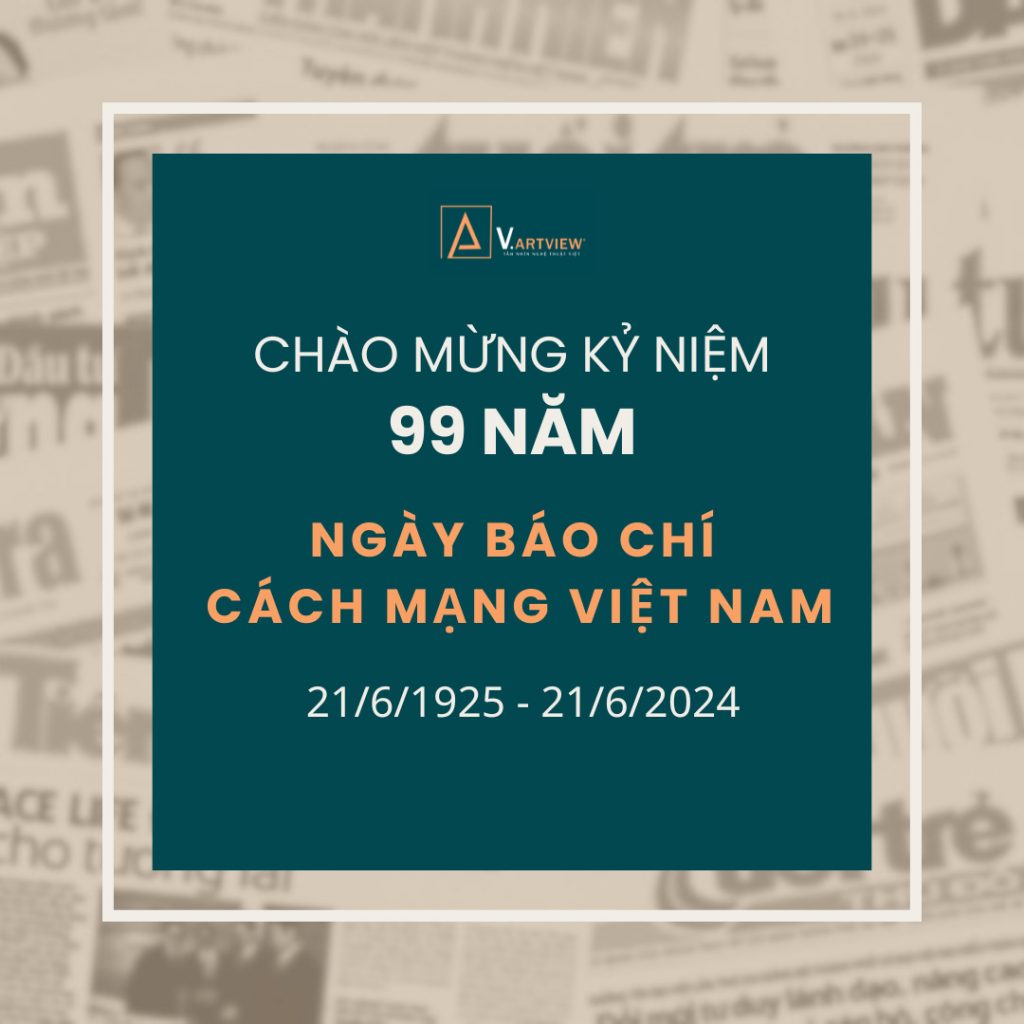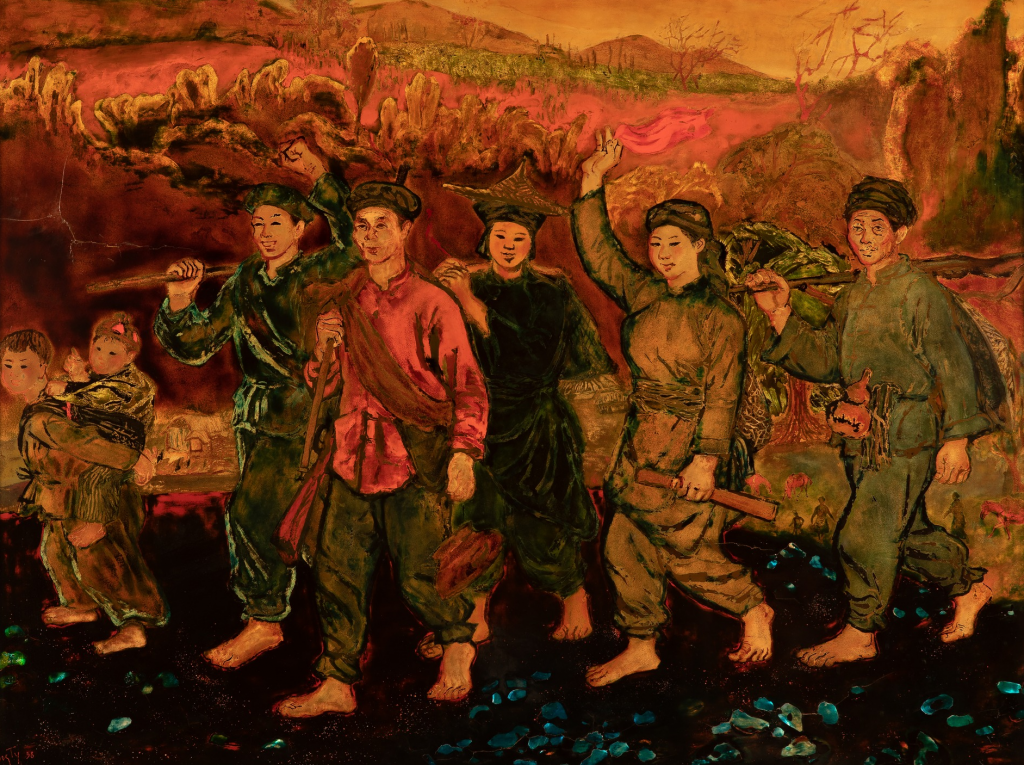
According to Wikipedia: “To direct the work of war invalids and martyrs nationwide, on February 26, 1947, the War Invalids Department under the Political Department of Việt Nam National Army was established. In early July 1947, the Committee for Organizing the National War Invalids Day was also established. At the same time, in Bàn Cờ hamlet, Hùng Sơn town, Đại Từ district, Thái Nguyên province, representatives of Việt Minh General Department, the Central Women’s Association for National Salvation, the Central Youth Union for National Salvation, the Political Department of Việt Nam National Army, the Information and Propaganda Department and a number of localities attended a meeting organized by the Political Department of Việt Nam National Army.
The content of the meeting was to implement President Hồ Chí Minh’s directive to choose a day to commemorate war invalids and martyrs and to protect the work of war invalids and martyrs. At this meeting, at the request of the representative of the Political Department of Việt Nam National Army, after considering aspects, the conference unanimously proposed that the Central Committee take July 27, 1947 as the Day of War Invalids and Martyrs – the day when all people together demonstrate the morality of “drinking water, remembering the source”, and the delegates unanimously chose July 27 every year as the National Day of War Invalids and Martyrs as an occasion for people to show their gratitude and love to war invalids and martyrs.
On July 27, 1947, the National War Invalids and Martyrs Day, opened with an important rally held in Hùng Sơn commune, Đại Từ district, Thái Nguyên province (the Vietnamese side said that about 2,000 people participated). Here, the Organizing Committee sent a representative of the Political Department of Việt Nam National Army to solemnly read President Hồ Chí Minh’s letter to the Standing Committee of the Organizing Committee of National War Invalids and Martyrs Day. President Hồ Chí Minh also presented a silk shirt, a month’s salary and a meal of the staff in the Presidential Palace.”
On the occasion of the important commemorating of the country, Viet Art View respectfully introduce the work “Bắc Sơn Guerrilla coming to Pình village”, lacquer, 90 × 120 cm, created in 1957 (currently in Việt Nam Fine Arts Museum) by artist Nguyễn Văn Tỵ.
In the article “Thoughts on the paintings” written for Voice of Việt Nam Radio, artist Nguyễn Văn Tỵ wrote: “Liberating the country, ‘a once in a thousand years opportunity’ as Uncle Hồ said, made me pay attention and follow and record the resistance war against the French at that time…”
Based on the above thoughts, he decided to plan to build a major work to record the mark of the resistance war against the French and to pay tribute to the first soldiers of Vietnamese Revolution – those who sacrificed contributing to the national independence in 1945.
He wrote: “Returning to Hà Nội in 1954, then in 1955, there was work to prepare for the establishment of Việt Bắc autonomous region, I went to Võ Nhai, Đình Cả and then to Ngân Sơn, Pắc Bó to find the footprints of Bắc Sơn guerrillas, the first images of the “Propaganda Liberation Army” and “National Salvation Army”. These two armies met in Pình and Pài villages in the spring of 1945. The footprints of the guerrillas reminded me of the ancient tradition of our ancestors fighting the enemy…”
After that, artist Nguyễn Văn Tỵ created two historical paintings: “Bắc Sơn Guerrillas coming to Pình village” was executed in 1957. The painting “Two armies meeting” took 15 years to executed.


